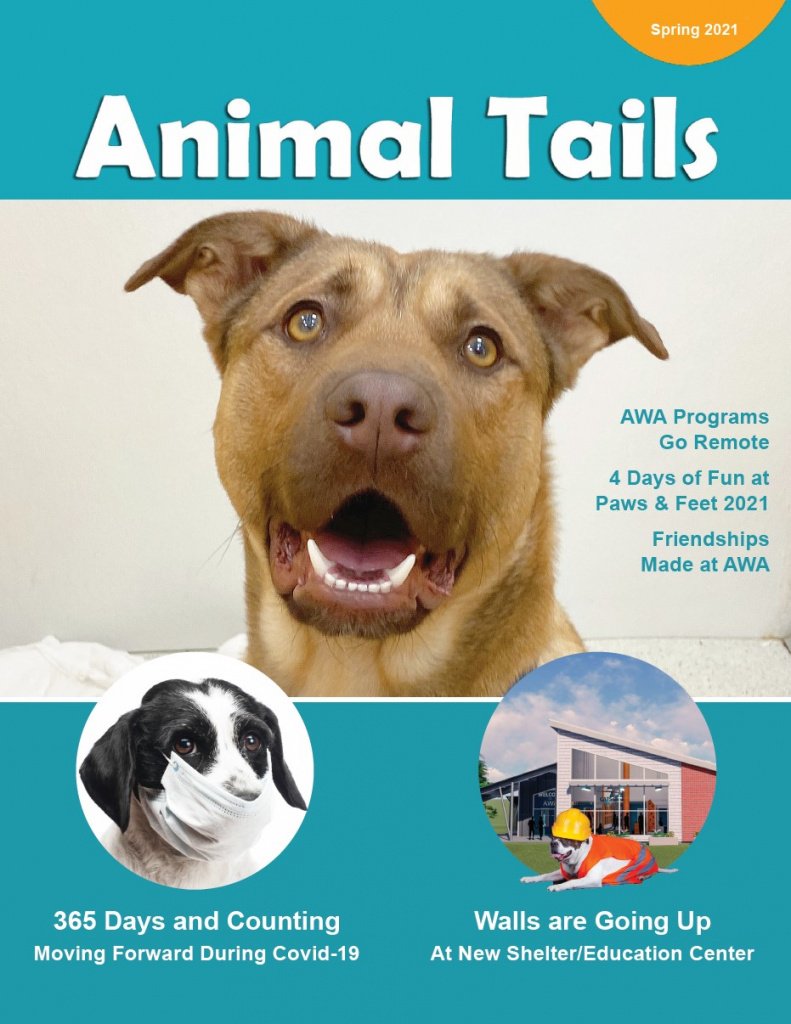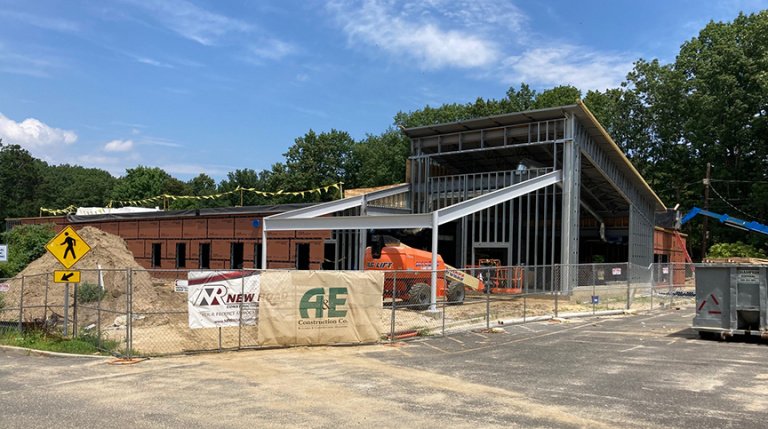

“This means Australian breeders can make an enormous amount of genetic gain in marbling, very, very quickly,” Dr McDonagh said. Since the adoption of MIJ, the heritability for marbling traits in Australian Wagyu has risen from about 0.3 (representing 30pc genetic influence) up to 0.6 (60pc of genetic influence). The strength of the camera-driven data shone through in the heritability of the trait involved (the amount of the measured variance that can be attributed to genetics). Since we started using the MIJ cameras starting 2018, we now have 26,000 Fullblood carcases within the AWA genetic evaluation system, and growing rapidly as more cameras are deployed.” “There’s no doubt that the MIJ camera has been pivotal to the rapid genetic progress being made in Australian Wagyu. “So the value capture from the carcase is already there, but the trading language’s ability to describe those carcases accurately and consistently would be beneficial,” Dr McDonagh said. “But certainly, the brand owners get the value out of that product by using brand segmentation, pushing them into ‘ultra-premium’ categories,” he said. “Obviously the industry is aware that these very high marbling values exist, and grading these a MB9 might not accurately describe the marbling at those very high levels under AusMeat grading,” AWA chief executive Matt McDonagh said.


Some higher performing Australian Wagyu carcases produce marbling performance well beyond AusMeat score 9 (the Australian language’s current limit), with a number of entries in this year’s AWA branded beef competition exhibiting marbling abundance that would equate to a score 15 or 16, based on the digital marbling score produced by the MIJ camera. The MIJ cameras are also used in the Zenkyo National Carcase Competition held in Japan every five years (report coming on this event next week), as well as the AWA’s annual branded beef competition staged in Brisbane. But increasingly, graders are using the MIJ camera in their work, before making a call on whether a carcase is eligible for the A5 premium category, or something less.
AWA ADOPTION MANUAL
In Japan, all Wagyu carcases are officially assessed by manual graders from the Japan Meat Grading Association, many of which take 10-15 years to reach their full certification level. The MIJ platform also has the ability to do a full carcase yield analysis based on EMA, fat cover and carcase weight, but at this time that is only calibrated for quartering at the 6/7 rib site as applied in Japan, not the Australian quartering site between ribs 12-13. Much of the data is fed into the Australian Wagyu Association’s genetic analysis, while some is used for internal genetic evaluation.Īustralian Wagyu beef continues to be traded globally based on AusMeat marbling scores rather than MIJ camera results, but the camera data for marbling abundance and fineness, and eye muscle area, are primarily used at present to underpin carcase progeny-driven genetic selection. Across the entire Australian Wagyu industry, more than 50,000 carcase images and data have now been captured. While the original MIJ cameras cost A$60,000 to purchase in 2018, technology advances have seen a dramatic decline, with the latest version only around A$4000, putting them well within reach of smaller Wagyu supply chains.Įach owner buys a unit outright, paying a small royalty fee per carcase image captured and submitted. Higher resolution cameras are used, and the technology has shown the ability to make up to 500 carcase assessments in a little over two hours under Australian conditions.
AWA ADOPTION PORTABLE
The latest MIJ camera is more portable and more powerful, being only around 1kg in weight compared with the original model’s 10kg. Most are the latest version of the technology, called MIJ Mobile, launched at the Australian Wagyu conference in April. Twenty four of the MIJ cameras are now in use by Wagyu supply chains in various beef processing plants across Australia.
AWA ADOPTION UPDATE
As a separate article today reports, marbling fineness is taking on increasing significance in the Wagyu industry.Ī contingent of 40 Wagyu industry stakeholders from Australia, the US and Brazil taking part in the 2022 AWA Wagyu tour of Japan this week were given a comprehensive update on the MIJ camera and new developments in the field. While there are a number of vision-based grading camera systems now in use in the Australian beef industry, the Japanese-developed MIJ technology excels in its ability to accurately measure high-marbling Wagyu carcases for both abundance and marbling fineness. WIDESPREAD adoption of the Meat Image Japan objective carcase grading camera is helping underpin rapid genetic progress in Wagyu cattle in Australia.


 0 kommentar(er)
0 kommentar(er)
